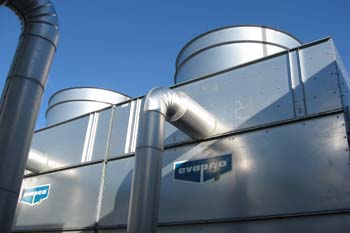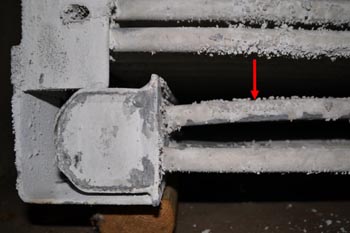The coils of an indirect cooling tower atop a downtown Chicago high-rise froze and failed during a weather event which included extremely cold temperatures. The EIS engineer assigned to the project was tasked with determining if there were factors in addition to the extreme weather conditions which contributed to the failure.

The investigation began with an inspection of the cooling tower coils, wherein it was verified that the reported damage was consistent with a freeze event.

